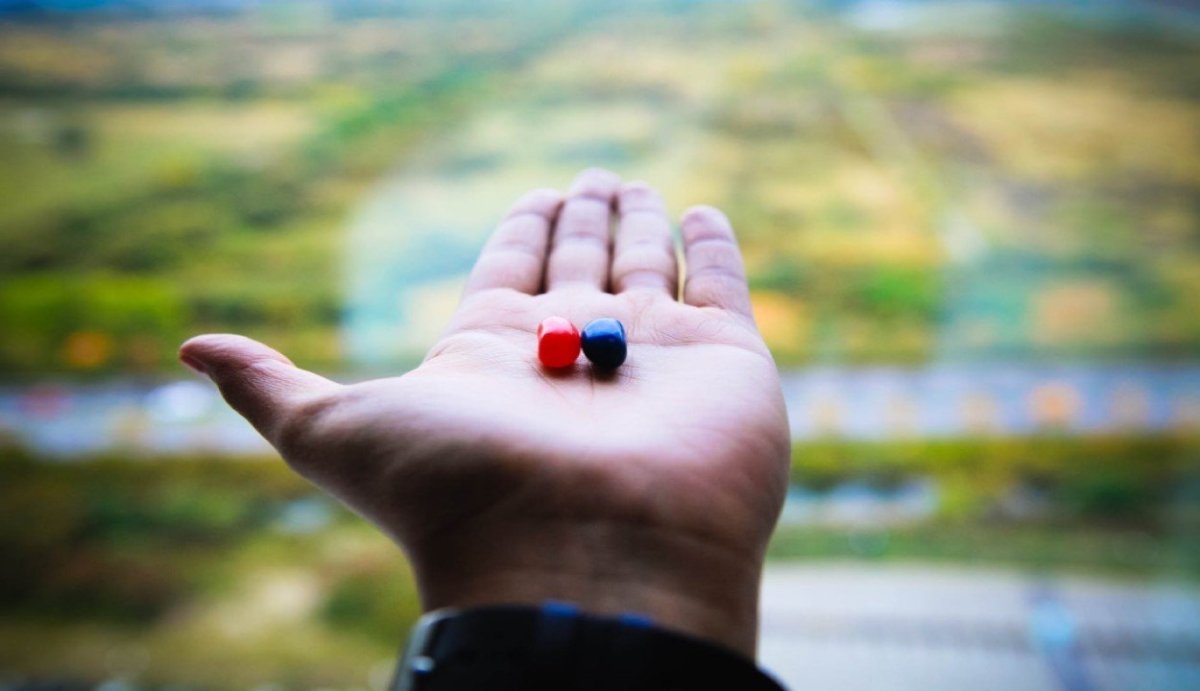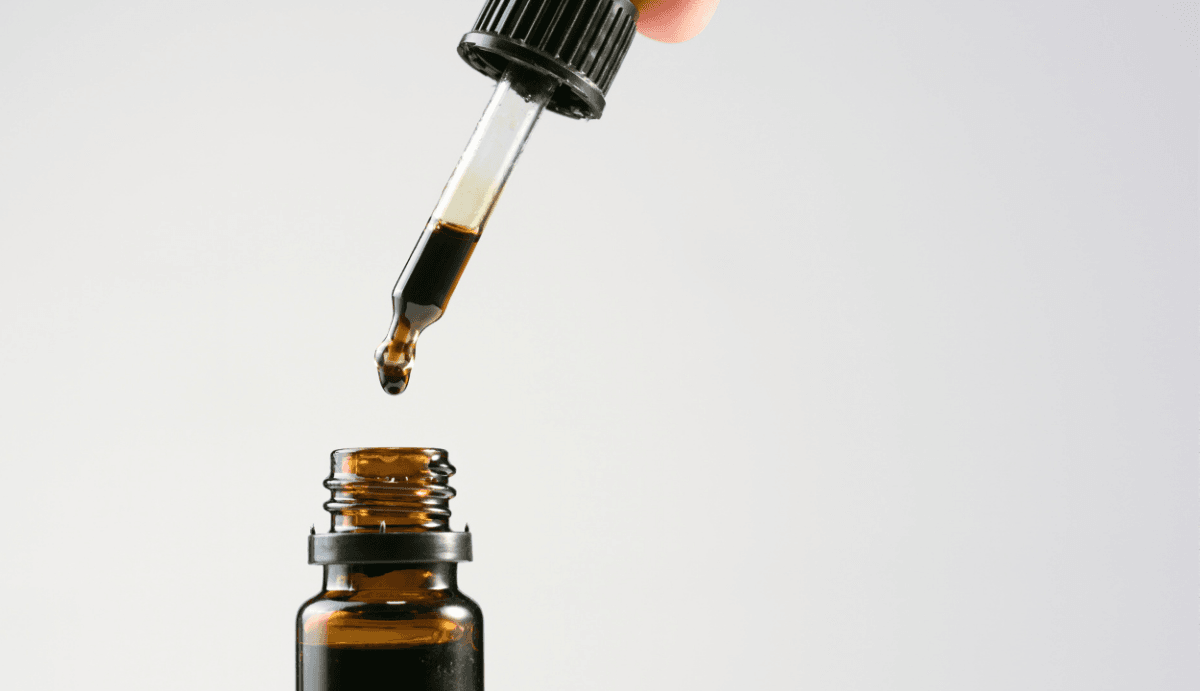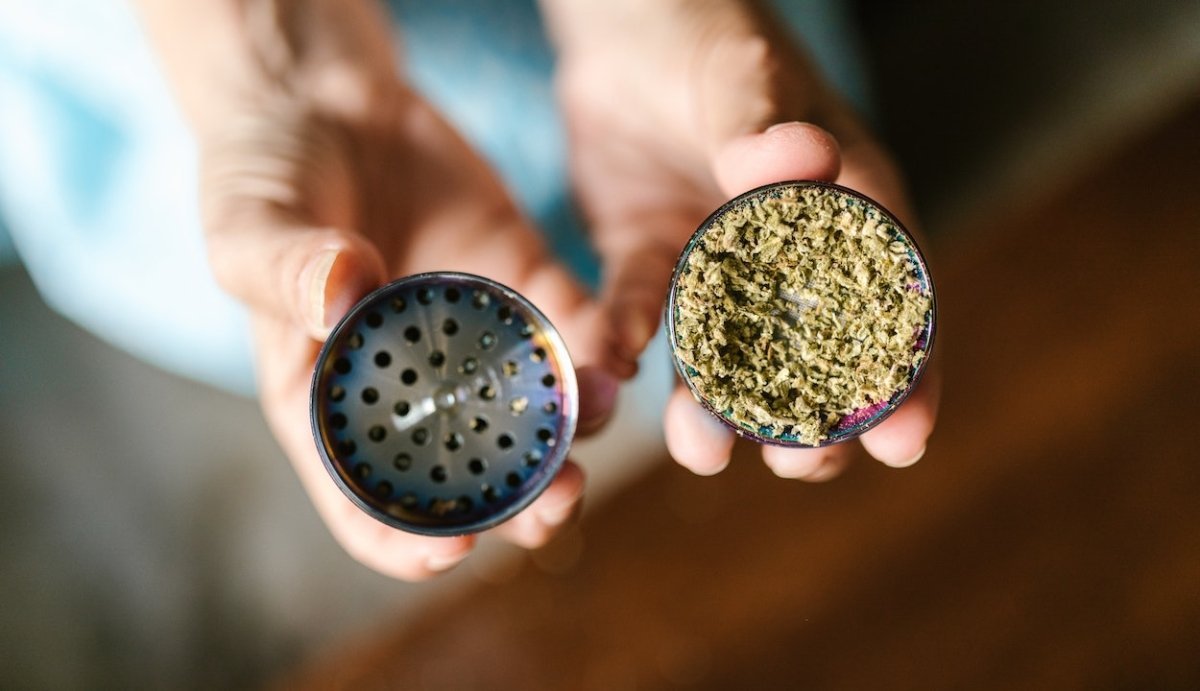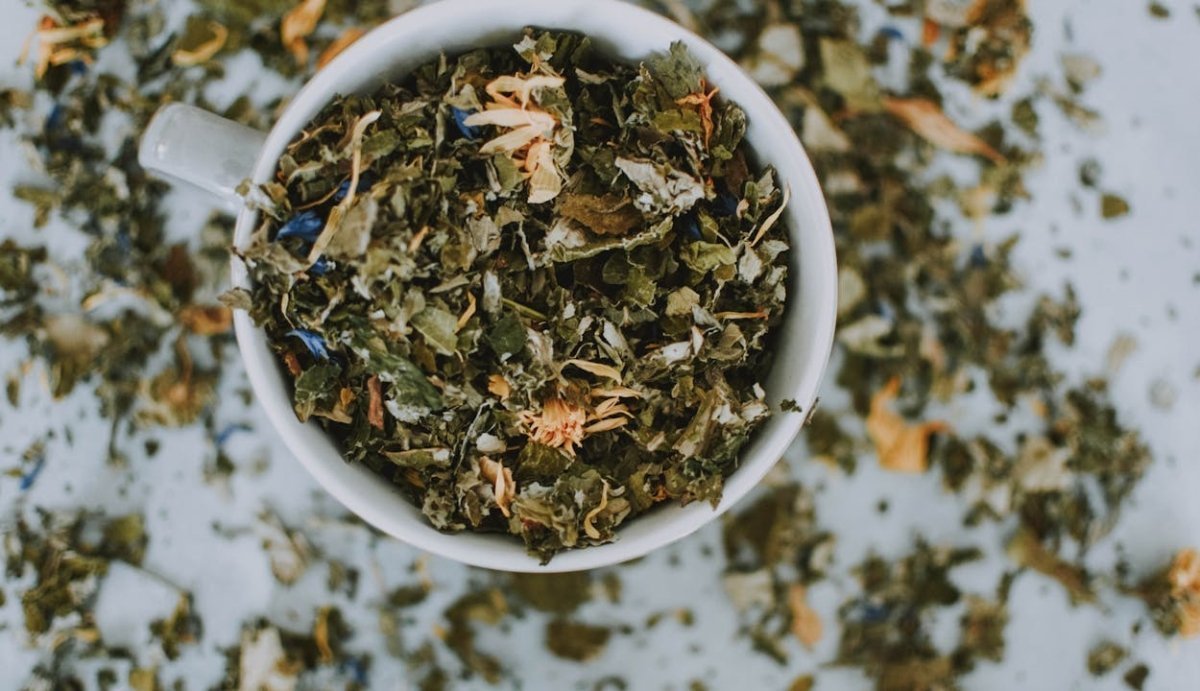Your Cart is Empty
FREE SHIPPING ON ALL ORDERS $75+
From tinctures to gummies to CBD-infused candies, CBD edibles are a tantalizing way to get your CBD relief, and consumers are on board!
As all different types of edibles are flying off the shelves, the most conscious consumers are looking deeper than the sugar coating—Do different types of edibles absorb in different ways? And if so, do they each pose their own unique benefits? Which kind of CBD edible is best?
And they’d be right to assume that not all CBD edibles are made equally. There can be some major differences from brand to brand, product to product, and especially in the way that different products are absorbed by the body.
Choosing the best CBD products for your dosing routine starts with understanding the different types of CBD products and how they work.
Choosing the best CBD edibles for your routine can seem like a daunting task, but no worries! We’re here to help!
Let’s jump to straight to the facts:
Table of Contents
Types of CBD Edibles
How are CBD Edibles Absorbed by the Body?
The Caveat to Digestion
Bioavailability, Onset, and Duration of Different CBD Products
How to Boost the Efficacy of CBD Edibles?
Which CBD Edible is Best?
Resources
Different types of CBD edibles absorb differently, resulting in a different rate of absorption, onset time, and duration of effects for every different product.
The bioavailability only differs slightly from product to product, and most manufacturers don’t have the bioavailability of their product tested, so the suggested bioavailability rates only apply loosely to every product.
What’s more important is choosing a product that meets your needs for onset and duration, and that you love and can take every day!
You may be able to boost the efficacy of certain products by taking them with essential fats or scheduling doses to be taken at the same time every day.
Ultimately, you should choose your edibles based on your preferences, because it’s important that the dosing style meets your lifestyle, flavor, and potency needs.

CBD edibles only cover one category of CBD products, but edibles are easily the most diverse and can be the most confusing type of CBD product for consumers to navigate.
Because they are so delicious, they are insanely popular. The may also have some benefits compared to other methods, like being an easy and discreet way to integrate CBD into your normal routine. Plus, oral CBD doses may lead to higher concentrations of CBD in the brain when compared to some methods, like inhalation.
The popularity of CBD edibles hasn’t gone unnoticed, and manufacturers are innovating new CBD edible formulas every day. That being said, we won’t try to cover every type of edible available, but the most popular types of CBD edibles include:
It’s difficult to narrow it down much since there is also a massive variety of each type of CBD edible available. There are likely hundreds of different types of CBD gummies to choose from, and that’s just a low-ball estimate.
The most important thing to understand is that each formula is unique and will provide a different CBD potency and dosing experience.
In general, CBD edibles are absorbed in two ways. The first is called “sublingual absorption.” This is what happens when you take a product sublingually, or by dropping it under the tongue.
Tinctures are specifically designed for this dosing route, but some other CBD edibles, like hard candies that are meant to melt slowly in the mouth, may also utilize this absorption method.
Sublingual doses are absorbed through the mucous membranes in the mouth, which are most concentrated under the tongue. From here, CBD is granted direct access to the bloodstream.
Alternatively, CBD can be absorbed through digestion. Any CBD edible that is swallowed will be processed by digestion, where CBD is partially metabolized by the liver and then passes through to the bloodstream.
Regardless of the absorption method, the main goal is getting CBD into the bloodstream where it can interact with the endocannabinoid receptors found all over the body. The amount of a substance that makes it into the bloodstream after ingestion is referred to as its “bioavailability rate.”
Although both modes of absorption will eventually lead CBD to the bloodstream, the digestion route comes with a caveat.
When CBD edibles are subject to digestion, they are also subject to a phenomenon called “first pass metabolism.” During first pass metabolism, the gut wall and liver will metabolize the CBD as it passes through, resulting in a much lower concentration of active CBD reaching the bloodstream.

This filtering effect also affects most pharmaceuticals that are taken by mouth, so the dosage is often higher than the patient really needs to account for the amount of the substance that will be lost to first pass metabolism.
However, CBD is fat soluble, and sources suggest that CBD filtered by the liver may not be lost, but may be stored in the fat cells.
The same thing happens to THC, and research suggests that the stored THC can re-emerge and cause reintoxication. The same is thought to be true for CBD stored in the body’s fat cells.
That means that while oral dosing may not be the most effective way to take high doses of CBD, it may be useful for people with conditions that benefit from consistent therapeutic doses of CBD.
In some cases, the effects of first pass metabolism actually enhance or alter the effects of a substance. For instance, THC is metabolized into 11-Hydroxy-THC, which has been pinpointed as the reason for the enhanced psychoactive effects related to THC edibles.
We don’t yet know enough about CBD’s interactions with the gut and digestive process to say that it reacts the same way as THC, but many people report a positive experience when using CBD edibles.
To recap the basics, every type of edible absorbs differently and different modes of absorption result in different absorption rates.
That means that every products’ bioavailability is different, but that’s not all! The dosing method and type of product also affect other parts of the CBD experience, like the amount of time effects take to kick in, and the duration of effects.
Of course, other factors come into play to determine the specific onset time and duration of effects you’ll experience, including unique biological factors like weight, age, physical fitness, and more.
Keep that in mind when comparing the bioavailability rates, onset times, and duration of different types of CBD edibles. Here are some general rules:
CBD tinctures and sprays, when taken sublingually, may have the highest bioavailability rate of all edible products. According to one study, the bioavailability of sublingual CBD doses falls between 13% and 19%, and some studies estimate that the rate may be as high as 35%.
Because they are not subject to the lengthy digestive process, sublingual CBD doses may take effect in as little as 5 minutes, and on average people report feeling peak effects after 30-45 minutes.
The duration of CBD tinctures varies by person and by formula. Because the CBD tends to be absorbed all at once and goes directly to the bloodstream, tinctures may be processed by the body more quickly. Many people report that the effects from tinctures can last anywhere from 2-4 hours.

CBD gummies, snacks, baked goods, or other food itemsthat need to be digested have an average bioavailability of 10% to 20%.
The digestion process is lengthy and CBD is not immediately absorbed through this route. Instead, effects may take anywhere from 30 to 120 minutes to kick in.
One study suggests that CBD edibles doses that pass through digestion peak between 1.5 and 3 hours after ingestion.
Edible doses of CBD may have a longer duration than other methods. One animal study suggests that the average amount of time a CBD molecule stays in the body after it is orally consumed is 4.2 hours. For reference, intravenous doses of CBD last only 3.3 hours on average.
CBD candies that melt in the mouth may blur the lines between sublingual doses and digested doses. Often, hard candies that are meant to slowly dissolve in the mouth allow time for the sublingual gland to absorb some of the CBD content. CBD lollipops and mints are a good example of this type of dose.
Another example may be chewy CBD candies, if chewed slowly for thirty seconds or more and allowed to “dissolve” in the mouth, or gummies where the CBD is added in crystallized form as a sugar coating that may melt in the mouth before you chew.
There have been no studies to evaluate the different bioavailabilities, onset times, or duration of these varying dosing methods, but it’s safe to assume that they fall into the same bioavailability rates of the sublingual and digested methods discussed above. Therefore, CBD candies that dissolve in the mouth generally have a bioavailability of 10-20%.
The onset times and durations of effects also vary greatly, but many people suggest that melt-in-your-mouth doses take effect more quickly than other CBD infused snacks.
When choosing a CBD edible, it’s tempting to put a lot of weight on bioavailability, but does it really matter?
The answer is both yes and no. The bioavailability rate is obviously important because it determines how much CBD actually makes it to your bloodstream, which determines how much CBD your body actually receives for therapeutic effects.
Still, the bioavailability rates only vary slightly for most products, and none of them nearly reach the 100% bioavailability of intravenous CBD.
While choosing a method with a slightly higher bioavailability rate, like a tincture, may have some added benefits, there are no benefits to a CBD product you don’t take.
In other words, choosing a CBD tincture because it has increased bioavailability does you no good if you don’t take it because you hate the taste, or hate the method of holding the tincture under your tongue, or forget to take it because it doesn’t fit easily into your regular routine.
Many edibles offer the benefit of being delicious, portable, and easy to slip into your regular routine without any fuss. The most important thing is choosing a CBD edible that you love and can easily use everyday, because CBD is most effective when taken regularly.
Aside from choosing high-quality products that you can seamlessly integrate into daily life, there are a few things you can do to increase the efficacy of your CBD routine.
First, it may be a good idea to take CBD around the same time every day. Not only can this help build a habit so that you don’t ever forget your dose, but the Endocannabinoid System thrives on regulation. Regular doses helps your body know what to expect, and can also help you determine if you need to increase or decrease your CBD intake by putting enough time between doses to monitor the effects.
You may also need to take a second dose. The duration of effects will vary based on the product you choose and your unique biological factors, but many people find that two doses of CBD get them through the day with ease. Work your dosing schedule around to meet your needs, but try to take your next dose as the effects start to wane, since they may take a while to take full effect.
Look for products with added fats. That doesn't mean you have to consume large portions of fatty foods, but remember—CBD is fat soluble. Many products, like most CBD tinctures, will suspend the CBD in a carrier oil that contains a variety of essential fatty acids. These fats aid CBD’s absorption in the body.

Finally, you may want to add piperine to your routine. Piperine is the active ingredient in black pepper, and it’s been shown to stimulate the molecules that transport CBD across the intestinal lining and into the circulatory system.
It also inhibits the enzymes responsible for breaking CBD down, which gives the CBD molecules more time to reach the cannabinoid receptors.
In one study, piperine led to a 6x increase in blood concentration after a CBD dose compared to the same dose taken without piperine. You can get piperine from black pepper (it’s most abundant in whole peppercorns), so it’s pretty easy to find.
Choosing your CBD products is an intimate decision that should take your own preferences and needs into account, so it’s impossible to narrow down a “best” CBD edible for every one. Here are some tips to help you choose:
CBD tinctures may provide faster acting effects, but sometimes come with a hempy aftertaste (especially full spectrum varieties). They can be mobile, but may not be the most discreet way to dose on the go. They do allow the benefit of precisely measured doses, which may be a great feature for new CBD users.
CBD candies, especially hard candies that you allow to melt in your mouth, may provide some of the benefits of sublingual dosing. It varies by product and dose, but they also may take effect more quickly than standard CBD edibles that need to be digested. These doses are great for traveling (especially if individually wrapped) and are totally discreet. They also come pre-measured, which gives you more convenience but a little less control over your dosing routine.
CBD snacks and infused foods, like brownies, cookies, or snack bars, may take the longest to take effect. Many of these foods are dense and take a while to digest, so the CBD may take a while to reach the bloodstream.
Of course, cookies, brownies, and snack foods are delicious and usually completely mask the hempy flavor of CBD, so they definitely have their benefits! It may be harder to measure the doses of these types of products, especially if they are high-dose single products, like a 100mg brownie that needs to be cut down to size.
Comments will be approved before showing up.



